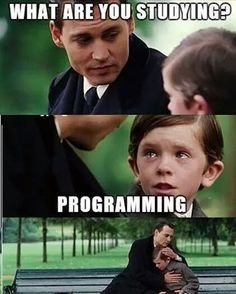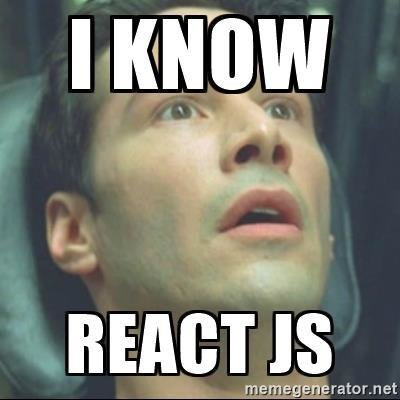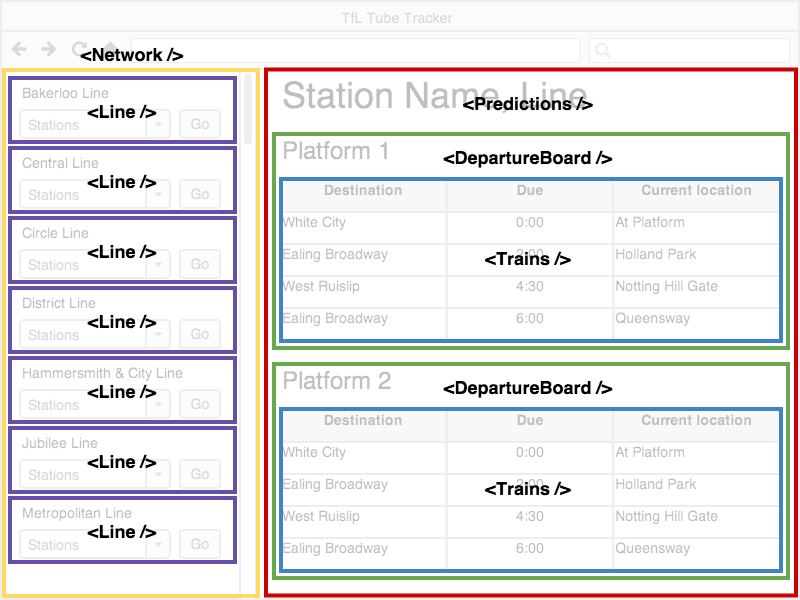ReactJS fundamentals recap

Plain Javascript
reactJS
- Performance
- Complex UI Logic
- Great out of the box Performance
- Simply syntax
- Very easy to reason about UI logic
class ShoppingList extends React.Component {
render() {
return (
<div className="shopping-list">
<h1>Shopping List for {this.props.name}</h1>
<ul>
<li>Instagram</li>
<li>WhatsApp</li>
<li>Oculus</li>
</ul>
</div>
);
}
}
class ShoppingList extends React.Component {
render() {
return (
<div className="shopping-list">
<h1>Shopping List for {this.props.name}</h1>
<ul>
<li>Instagram</li>
<li>WhatsApp</li>
<li>Oculus</li>
</ul>
</div>
);
}
}
Congrats, you just learned 30% of reactJS.


Example wireframe

BOX ALL THE THINGS!
LifeCycle Methods explained.
componentWillMount
Your component is going to appear on the screen very shortly. That chunky render function, with all its beautifully off-putting JSX, is about to be called. What do you want to do?
componentDidMount
Now we’re talking. Your component is out there, mounted and ready to be used. Now what?
componentWillReceiveProps
Our component was doing just fine, when all of a sudden a stream of new props arrive to mess things up.

componentWillUnmount
It’s almost over.
Your component is going to go away. Maybe forever. It’s very sad.

Who feels like they can build a ToDo app?

ReactJS fundamentals
By Harris Robin Kalash
ReactJS fundamentals
- 374



